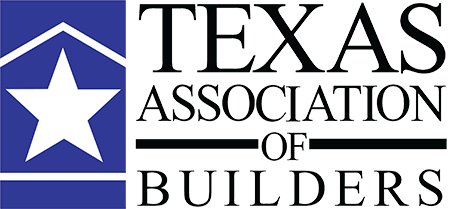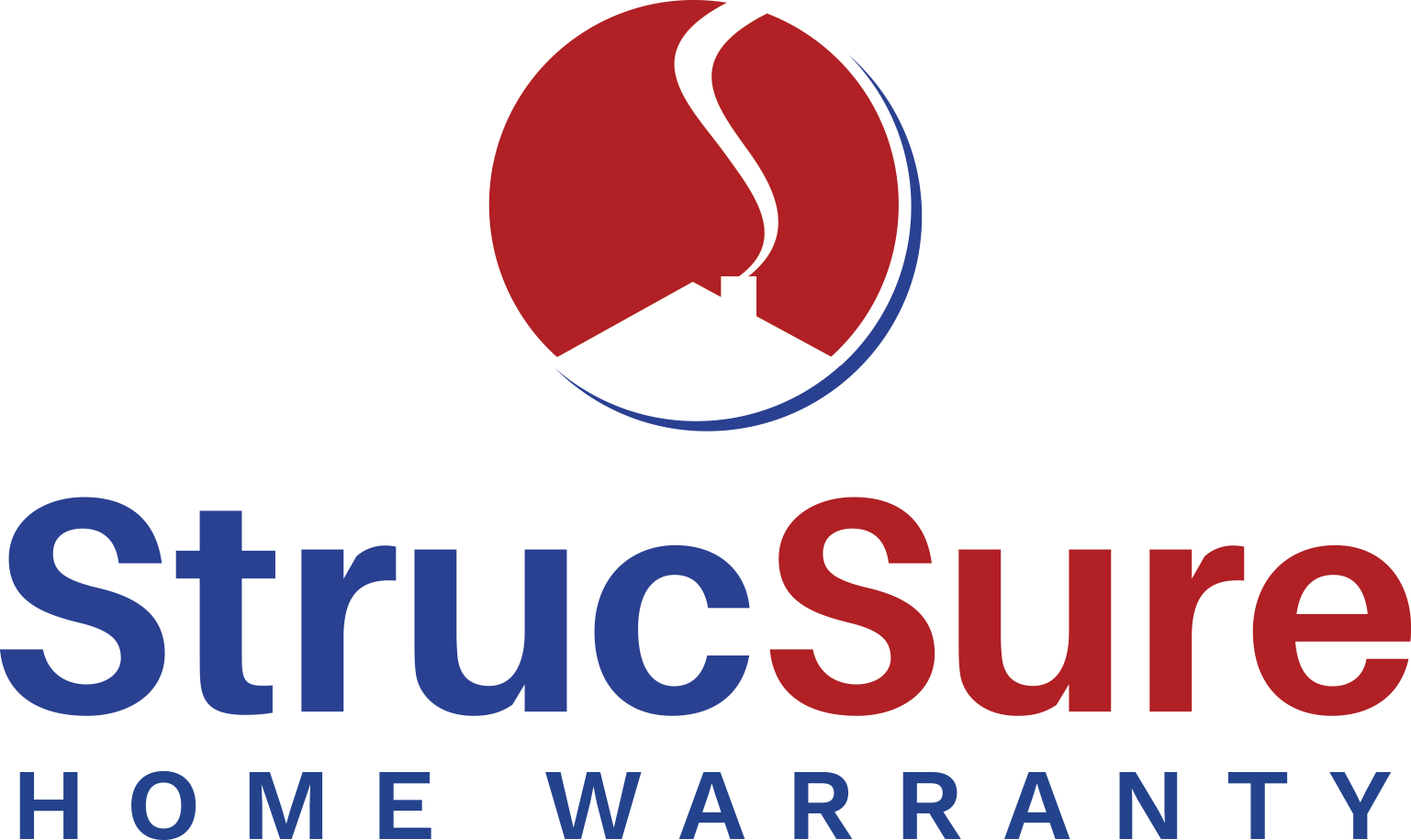While the State of Texas does not require contractors to be licensed, builders should check with the applicable city, county and/or Homeowner Association regarding any local regulations regarding contractor oversight. Additionally, contractors should note that many trades are regulated by the State of Texas and/or local authorities.
These include the following (note that this is not an exhaustive list):
♦ Engineers — Texas Board of Professional Engineers — https://pels.texas.gov
♦ Architects — Texas Board of Architectural Examiners — https://www.tbae.texas.gov/
♦ Electricians — Texas Department of Licensing and Regulation — https://tdlr.texas.gov/
♦ HVAC Professionals — Texas Department of Licensing and Regulation — https://tdlr.texas.gov/
♦ Plumbers — Texas State Board of Plumbing Examiners — https://tdlr.texas.gov/
Furthermore, Texas law prohibits certain contractors in disaster areas from taking up-front money unless they have held a physical business address in the county or adjacent county for at least one year. This law, found in Chapter 58 of the Texas Business and Commerce Code, provides other valuable protections for those rebuilding in disaster areas.
Regarding building codes, municipalities administer strict oversight over new construction and remodels, and every county in Texas has the authority to mandate that all homes be built to code and pass independent third-party code inspections. In order for construction to be eligible for coverage through the Texas Windstorm Association, construction must be certified to conform with the state windstorm building code requirements: https://www.twia.org/windstorm-certification-requirements/.
Choose a Professional When Building Your New Home
While professionalism may mean different things to different people, generally there are guiding principles by which home building professionals conduct business. Look for these qualities in any home builder you choose to build your dream home:
♦ Building professionals believe that homes should be well designed, well constructed and well located in attractive communities with accessible educational, recreational, religious and shopping facilities.
♦ They feel a strong responsibility to their customers and their community.
♦ Honesty is their guiding business policy, and they believe in dealing fairly with their customers, employees, subcontractors and suppliers.
♦ They try to build high standards of health, safety and sanitation into every home.
An important indicator of professionalism is whether or not the builder or contractor belongs to a home builder association or other professional organization. Becoming a dues paying member of a building industry association typically means that a builder is an established member of the community. Builder associations encourage their members to research and develop new materials, building techniques and equipment, and improve methods of home financing so that home buyers receive the greatest possible value for their money.
One of the best ways to find out about the professionalism of a builder is to ask previous customers. Visit some of the builder’s previous communities and ask homeowners about their experiences. By doing your homework, you will be able to shop for a home with a sense of confidence and the knowledge that will help you to make the correct decision for your family.
Energy Efficiency
Where can you go for energy efficiency rebates and incentives? How can you save money and waste less? The state’s official site TexasPowerfulSmart.org has useful information about energy-smart ideas and incentives.
Construction Concern/Defect Resolution Tips
When questions or situations arise, it is important to discuss those promptly and directly with the home builder. The home builder’s insight and expertise about the project can lead to quick resolution, provided that clear communication is established. Contact with the home builder should be done as soon as the issue becomes known especially issues involving the home’s plumbing system, electrical system, roofing and structural components. It is important to all involved in the construction process that homeowners with construction questions or experiencing what they perceive to be construction defects contact the home builder in writing and by telephone to fully describe the issue.
Homeowners that have unresolved questions or concerns about their home’s construction can pursue other avenues to have their concerns addressed. Click here for suggested avenues for homeowners to take.
What Homeowners Need to Know About Lead Paint
If you live in a home built before 1978 and you're contemplating any work that will disturb more than six square feet of painted surfaces inside the home or 20 square feet on the exterior of the home - for example, replacing a window, installing cabinets, or adding on to your home - the contractor you hire is required by law to be trained and certified by the U.S. Environmental Protection Agency (EPA).
♦ Renovate Right brochure https://www.epa.gov/sites/default/files/2020-09/documents/renovaterightbrochurecolor.pdf
Keep your family safe from the dangers of lead exposure by hiring an EPA Lead-Safe Certified Renovator. Call your local home builders' association for a list of certified remodelers.
Post-Disaster Renovations and Lead-Based Paint (EPA)
Lead Renovation, Repair and Painting Program Rules & Updates (EPA)
What is CSST?
Corrugated Stainless Steel Tubing (CSST) is a flexible, stainless steel pipe used to supply natural gas and propane in residential, commercial and industrial structures. Coated with a yellow, or in some cases, a black exterior plastic coating, CSST is usually routed beneath, through and alongside floor joists in your basement, inside interior wall cavities and on top of ceiling joists in attic spaces. Link to a CSST Safety website from the National Association of State Fire Marshals (NASFM) and watch the Texas State Fire Officials Public Service Announcement.
Field Guide to the Taxes of Texas
To help Texans better understand Texas tax revenue, the Comptroller's office has updated A Field Guide to the Taxes of Texas (PDF). The report provides a graphic-rich overview of major state and local taxes, including historical collections as well as estimates of future revenue growth. The value of exemptions and other reductions to tax liability for the six major state taxes are also detailed.
The guide, which features a tablet-friendly design, links to in-depth state financial publications, offers an overview of the budget process and outlines the basics of local taxes.





